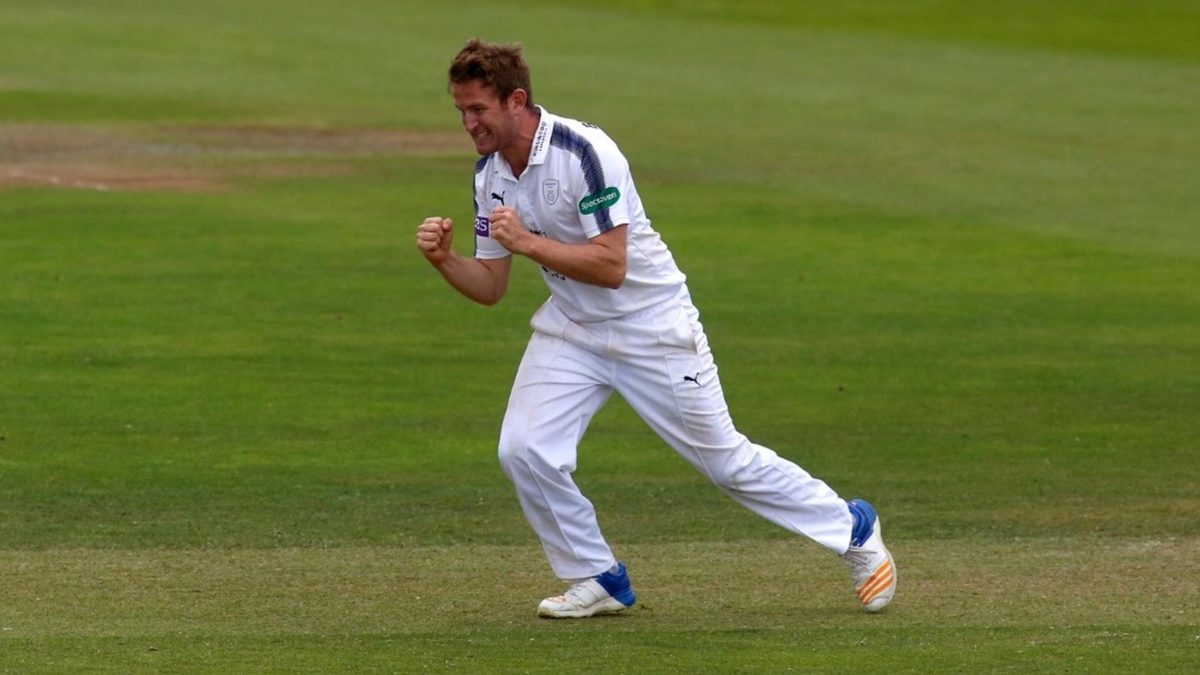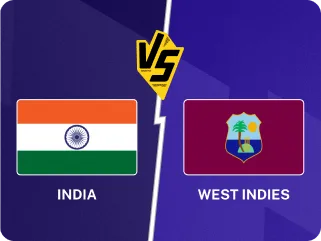
Liam Dawson is set to return to Test cricket after missing 102 matches, but can he break the trend of long-gap comebacks that rarely lead to lasting success?
When Liam Dawson last appeared in a Test match, Theresa May was still reeling after seeing her majority trimmed by a buoyant Jeremy Corbyn, Donald Trump was having his curtains fitted at the White House, and Covid was a mere twinkle in a pangolin’s eye.
Joe Root had just enjoyed a dream start as Test captain, tonning up at Lord’s a week earlier, Heather Knight’s England were gearing up for a transformational World Cup final, and Bristol’s Mbargo nightclub was yet to find its way into English cricketing folklore. Meanwhile, the MCC World Cricket Committee issued a stark warning about the health and sustainability of Test cricket.
In other words, it seems everything and nothing has changed since Dawson played the most recent of his three Test matches eight years ago.
When England were beaten by South Africa at Trent Bridge, their short-lived experiment with two spin-bowling all-rounders was terminated and Dawson reverted to his more familiar role as white-ball drinks-runner, playing 12 limited-overs internationals over the next five years.
Fast forward to 2025 and the 35-year-old is performing better than ever – last year Dawson was named county cricket’s MVP for the second successive summer after taking a career-high Championship haul of 54 wickets, while also averaging 60 with the bat – but the England selectors repeatedly overlooked the spinner, even for subcontinental tours which would have suited his skillset.
That changed earlier this summer when Dawson found his way back into England’s white-ball set-up, and a Test recall followed this week after Shoaib Bashir broke a finger at Lord’s.
Barring last-minute injury or a selection curveball, Dawson’s hiatus from Test cricket will come to an end at Old Trafford after 102 matches. Only six players in the history of men’s Test cricket have returned after a longer absence.
Longest gaps between Test matches
| Name | Team | From | To | Span | Tests missed |
| Gareth Batty | England | 5 Jun 2005 | 20 Oct 2016 | 11y 137d | 142 |
| Jaydev Unadkat | India | 20 Dec 2010 | 22 Dec 2022 | 12y 2d | 118 |
| Martin Bicknell | England | 9 Aug 1993 | 21 Aug 2003 | 10y 12d | 114 |
| Floyd Reifer | West Indies | 18 Jan 1999 | 9 Jul 2009 | 10y 172d | 109 |
| Younis Ahmed | Pakistan | 2 Nov 1969 | 21 Feb 1987 | 17y 111d | 104 |
| Derek Shackleton | England | 7 Nov 1951 | 20 Jun 1963 | 11y 225d | 103 |
| Liam Dawson | England | 17 Jul 2017 | 22 Jul 2025 | 8y 5d | 102* |
With Bashir ruled out for the final two matches of the series, could this be the start of an Indian summer in Dawson’s Test career, even leading to an Ashes tour this winter? Looking at those above him on the list of the longest gaps between Tests (in terms of matches), the omens aren’t especially good.
Of the six, only England’s Derek Shackelton played more than three Tests following their belated recall. Having debuted in 1950, the Hampshire metronome, described by John Arlott as “as unremitting as February rain”, was overlooked in favour of more pacy options before making his Test return in 1963 shortly before his 39th birthday. Shackelton was steady enough, taking 15 wickets across four matches in a series defeat to Worrell’s West Indies before being sent back to the shires to resume his record-breaking career with Hampshire.
Martin Bicknell’s time as a Test cricketer followed a similar path to Shackelton’s. Having played two Tests in the chastening Ashes series of 1993, he had to content himself with a hatful of county wickets for Surrey before, aged 34, receiving a shock recall when he was a horses-for-courses selection to take on South Africa at Headingley in 2003. Bicknell took a wicket with his second ball in a heavy defeat and was surprised to keep his place for the finale at The Oval, where he bowled England to a series-levelling victory on his home ground. He never played another Test.
“I got four wickets, we won the match, and that genuinely was it,” reflected Bicknell. “It was a nice way to finish.”
Another Surrey veteran tops the list. Gareth Batty had to wait 142 matches – spread across 11 years and 137 days – between his seventh Test appearance against Bangladesh at Chester-le-Street and his eighth against the same opposition at Chattogram.
The off-spinner was 39 by the time he made his comeback. “It was a shock, to say the least,” he later told Wisden.com of his selection for the 2016 winter tours of Bangladesh and India. “I understood my bowling a lot better than when I’d last played Test cricket but the downside was that age had taken its toll on my body, so I couldn’t do some of the things that I’d been able to do maybe even two or three years previously.”
Batty’s return started promisingly, picking up four wickets in his first Test back, but ultimately it wasn’t a particularly satisfying experience as he was dropped and then found himself playing a bit-part role when he was picked at Mohali.
“It was all a bit strange, really. I didn’t play in India until we were getting absolutely hammered and even then I wasn’t brought on until something like the 52nd over. I felt second string at best. The air is taken out of you a little bit. You lose that edge when you’re waiting so long.”
Jaydev Unadkat would understand that sentiment. The Indian left-arm seamer made his Test debut against South Africa at the tender age of 19 before being swiftly discarded after going wicketless at Centurion. He wasn’t seen again at Test level for 12 years when he took three wickets versus Bangladesh in 2022 before being shelved once again after an underwhelming tour of the Caribbean.
Floyd Reifer found himself in the unusual position of being named captain on his return to the West Indies side after a decade-long absence, hastily named skipper for the 2009 home series against Bangladesh when the original squad went on strike on the eve of the contest.
Having made seven single-figure scores from nine innings in his first crack at Test cricket, the 37-year-old didn’t fare much better second time around, making a top score of 25 and presiding over a 2-0 defeat.
Reifer’s 10-year gap was a blink of an eye in comparison to Younis Ahmed’s Test hiatus. Having played two Tests as a 22-year-old in 1969, the Pakistani strokemaker was banned for life after touring apartheid South Africa in 1973, before having the ban lifted six years later. It was another eight years before he received a Test recall, playing two matches in the 1-0 victory over India in 1987 – although he was dropped for Pakistan’s series-clinching win in Bangalore after crawling to an unbeaten 34 from 226 balls in what proved to be his final Test knock.
But if Dawson is seeking inspiration as he contemplates his return to Test cricket after so long away, fellow finger-spinner Yiannis Anthanosios ‘John’ Traicos is perhaps the best person to provide it.
Hailing from Greece but born in Egypt, the off-spinner debuted in South Africa’s famous series win over Australia in 1970, shortly before their exile from world sport due to apartheid, and had to wait 22 years and 222 days for his next taste of Test cricket, playing in Zimbabwe’s inaugural Test match against India at Harare in 1992.
Aged 45, Traicos rolled back the years to take figures of 50-16-85-5 on his second Test debut, including the scalps of Sachin Tendulkar, Mohammad Azharuddin and Kapil Dev.
Dawson would be more than happy with those figures as he prepares for a comeback which looked like it would never materialise.
Follow Wisden for all England vs India updates, including live scores, latest news, team lineups, schedule and more. The live streaming details for the ENG vs IND series in India, UK, USA and rest of the world can be found here. For Wisden quizzes, head here.








